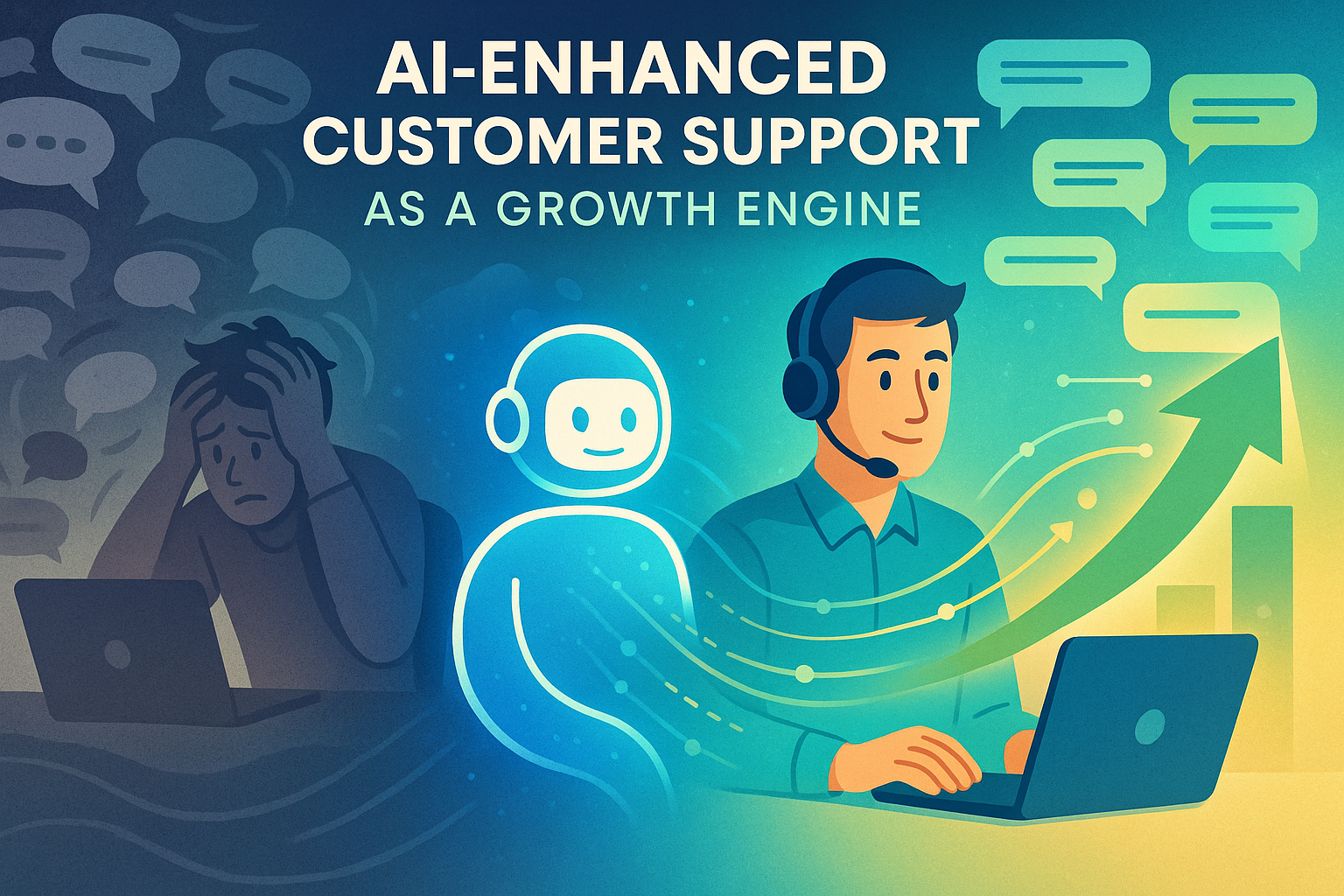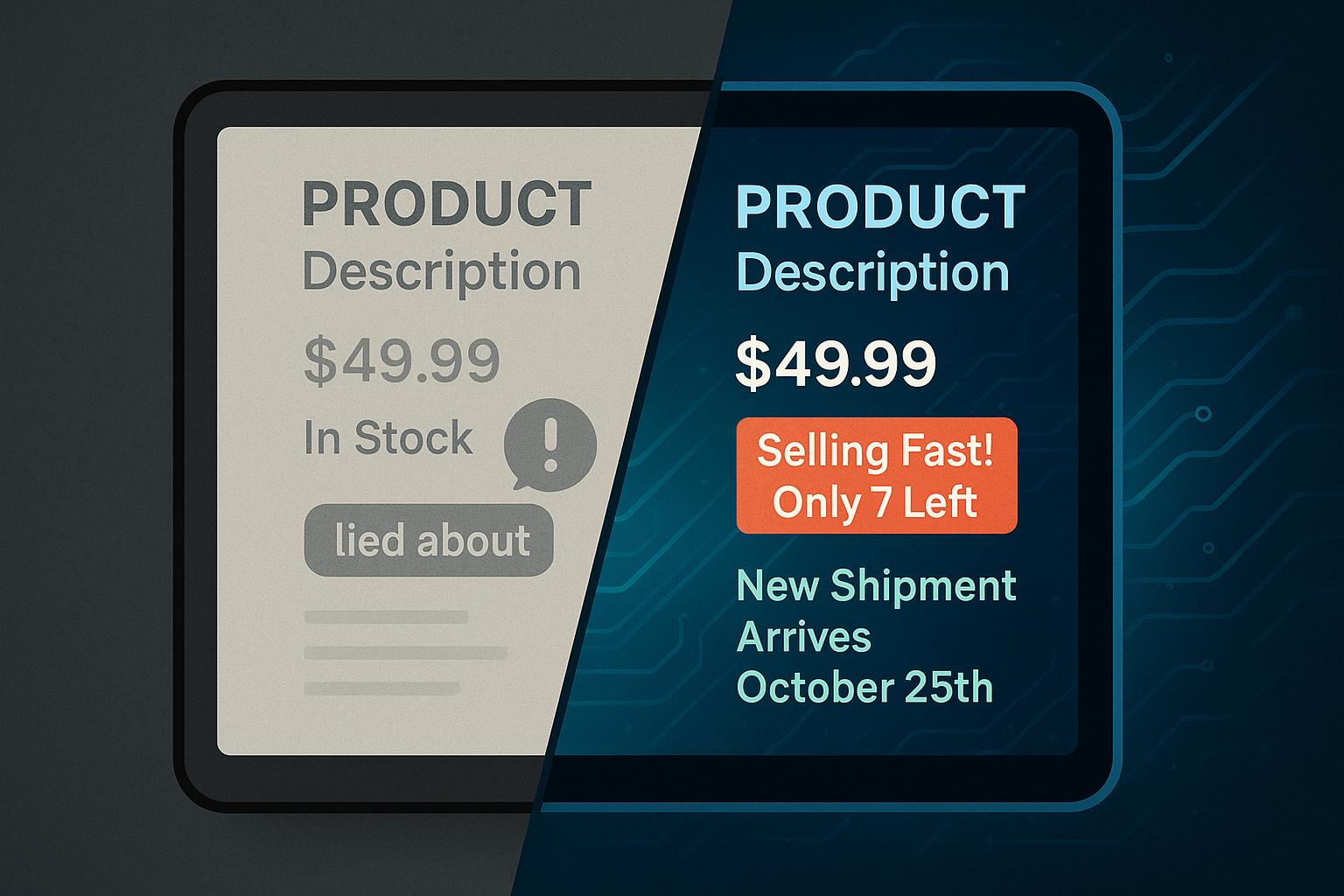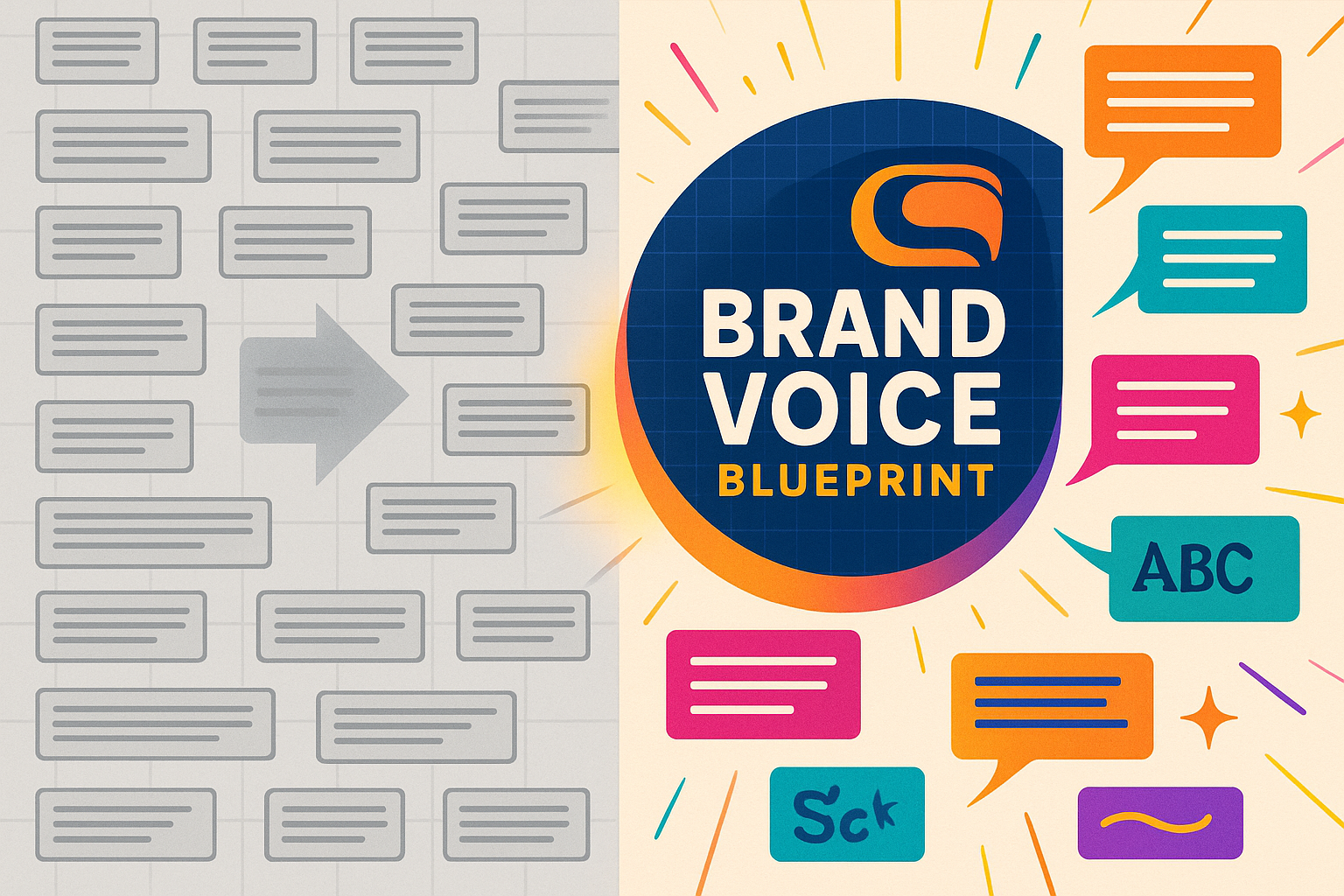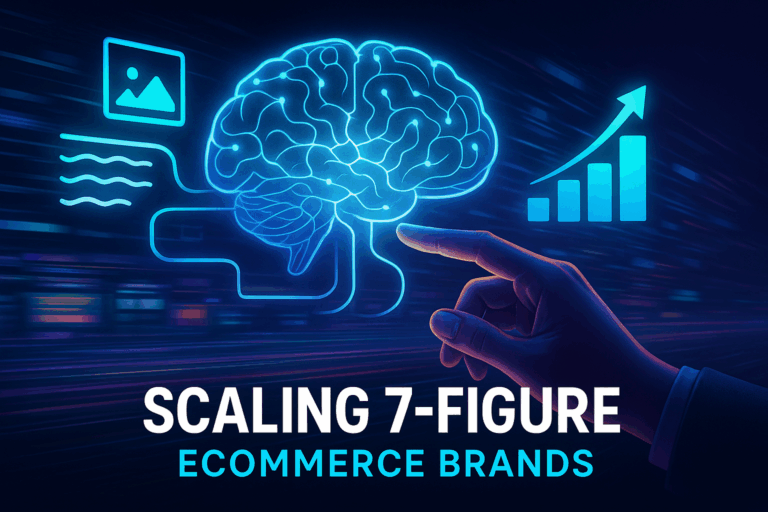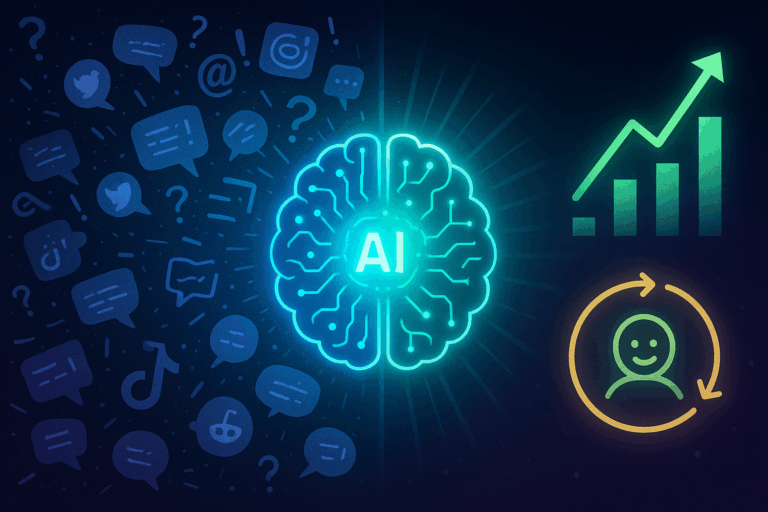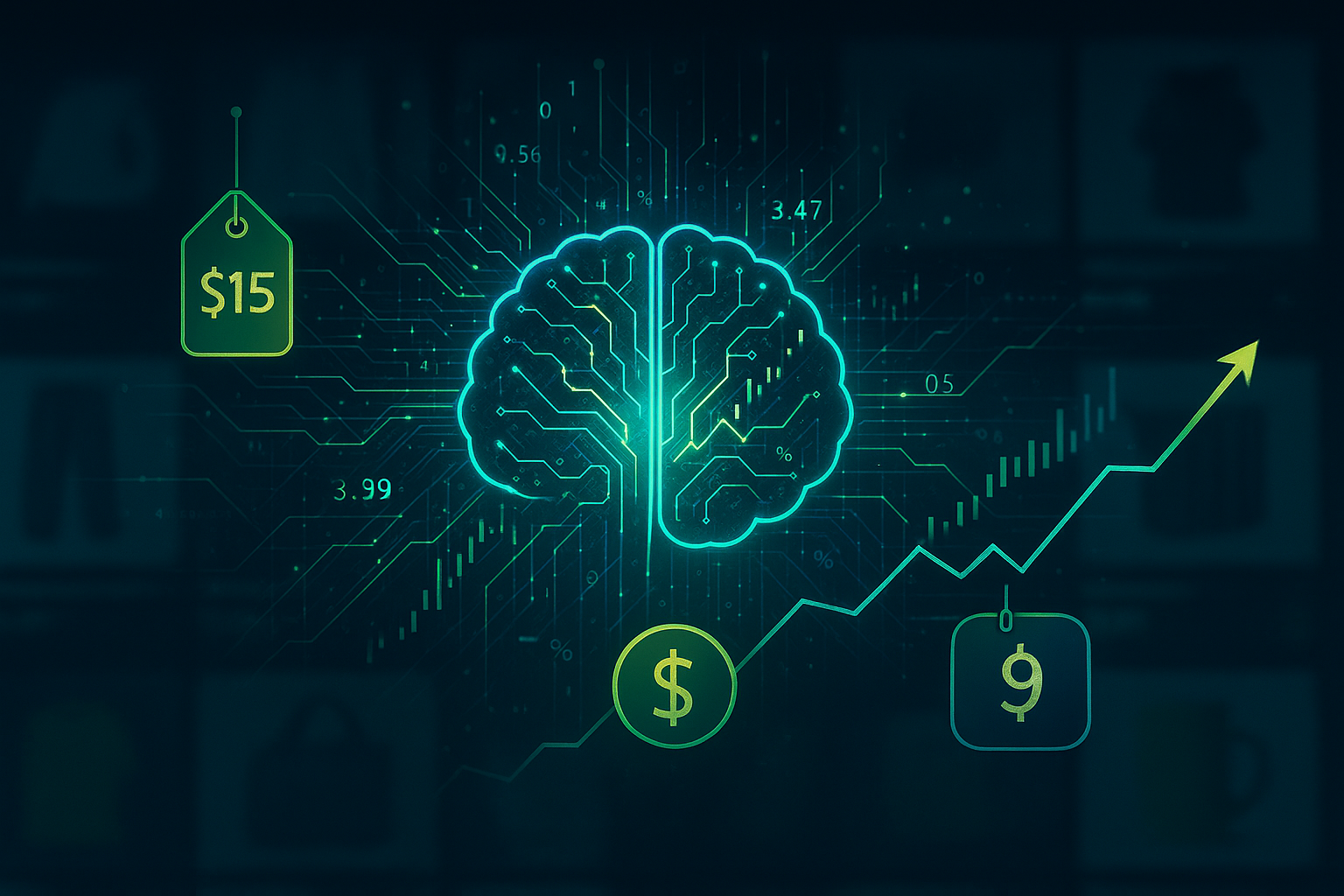Your support team is drowning. After a successful weekend sale, the inbox is overflowing with the same three questions: “Where’s my order?”, “How do I make a return?”, and “Do you have this in blue?” Your agents are working hard, but response times are creeping up, and you can feel the customer frustration mounting with every passing hour.
This isn’t just a support problem; it’s a growth problem. In ecommerce, a slow or unhelpful support experience doesn’t just lose a transaction—it can lose a customer for life.
But what if you could answer 80% of those repetitive questions instantly, 24/7, without hiring a single new agent? What if you could free up your human team to handle the complex, high-value conversations that actually build brand loyalty? This isn’t a far-off future. It’s what AI-enhanced customer support is delivering for ecommerce brands right now.
This article is your starting point. We’ll cut through the hype and explain, in simple terms, how this technology works, what it can do for your business, and why it’s becoming essential for long-term growth.
What Exactly Is AI-Enhanced Customer Support?
Let’s clear up a common misconception: AI support is much more than the clunky, rule-based chatbots of a few years ago. You know the ones—they get stuck in a loop if you don’t type the exact right keyword.
Modern AI support is about using intelligent systems to understand, manage, and resolve customer issues faster and more accurately. It’s about giving your customers the right answer, right now, whether it comes from an AI or a human.
The magic happens through a few core technologies:
- Natural Language Processing (NLP): This is what allows an AI to understand human language as it’s actually spoken or written—slang, typos, and all. Think of it as the difference between a tourist with a phrasebook (old chatbot) and a fluent, empathetic local guide (NLP-powered AI). It grasps the intent and sentiment behind a customer’s message.
- Machine Learning (ML): This is the “brain” that gets smarter over time. With every interaction, the AI learns what answers are most helpful, which issues need a human touch, and how to identify trends in customer queries.
- Automated Ticketing & Escalation: This is the AI acting as a hyper-efficient traffic controller. It instantly reads an incoming ticket, understands its topic and urgency, and either resolves it automatically or routes it to the correct human agent with all the necessary context.
Instead of a single file line of tickets for your agents to slog through, AI creates a smart, prioritized system where simple queries disappear and complex ones land on the right expert’s desk instantly.
From Cost Center to Conversion Driver: Key AI Applications
When these technologies work together, they transform your support channels from a necessary cost into a powerful asset. Here’s how:
1. The 24/7 Instant Answer Machine
The most immediate impact comes from AI-powered chatbots that handle high-volume, low-complexity questions.
- Order Status & Tracking: Instantly provides tracking info by integrating with your shipping software.
- FAQs & Policy Questions: Answers questions about returns, shipping policies, and product details without needing an agent.
- Product Recommendations: Acts as a personal shopper, guiding users to the right product based on their needs.
The result isn’t just happier customers. It’s a more efficient business. The French accessories brand CABAIA reports it saved an average of €2.75 per ticket by using AI to automate responses, demonstrating a direct impact on the bottom line.
2. Smart Ticket Routing and Prioritization
Your support agents’ time is valuable. AI ensures it’s spent on the right tasks. An automated system can instantly:
- Identify Urgent Issues: A message like “My package arrived damaged!” or “I was double-charged” gets flagged and escalated immediately.
- Route to Specialists: A technical question about product specs can go directly to your product expert, while a return request goes to the logistics team.
- Merge Duplicate Tickets: If an anxious customer emails, live chats, and sends a DM, the AI can group them into a single conversation.
This intelligent routing is critical. Medical supplier MFI Medical reportedly reduced their first response time by a staggering 87% by implementing an AI system that got the right questions to the right people, faster.
3. Augmenting Your Human Agents, Not Replacing Them
One of the biggest myths about AI is that it’s here to replace your support team. The reality is far more powerful: AI is the ultimate assistant, or “copilot,” for your human agents.
While the AI handles the repetitive frontline queries, your human agents are freed up to focus on:
- Solving Complex Problems: Handling multi-part issues that require critical thinking and empathy.
- Building Customer Relationships: Turning a frustrated customer into a loyal fan through an exceptional, personal interaction.
- Driving Sales: Providing detailed pre-sale consultations that help customers make confident buying decisions.
The goal isn’t to remove humans from the loop; it’s to put them where they have the most impact. It’s a shift from reactive problem-solving to proactive relationship-building. For brands looking to scale, deploying Custom AI Agents for Ecommerce can automate these strategic tasks while maintaining brand voice, a crucial advantage in a crowded market.
The Real Payoff: How Better Support Translates to Loyalty and Growth
Faster response times are great, but the true value of AI-enhanced support lies in its long-term impact on your brand. Happy customers don’t just buy once; they come back, spend more, and tell their friends.
- Increased Customer Satisfaction: Instant, accurate answers lead to better customer satisfaction (CSAT) scores. When customers feel heard and helped without friction, their perception of your brand skyrockets.
- Higher Conversions: Proactive support can turn a hesitant browser into a buyer. An AI chatbot can pop up on a product page to answer a sizing question or clarify a feature, reducing cart abandonment. The brand Heavys saw a 12% increase in conversions by using AI to answer pre-sale questions in their chat.
- More Repeat Business: A positive support experience is a massive driver of loyalty. When a customer knows that any potential issue will be handled quickly and professionally, they have the confidence to purchase from you again and again.
Ultimately, AI allows you to provide a premium, personalized support experience at scale—something that was previously impossible without a massive support department. This level of service becomes a key differentiator, building a moat of brand loyalty that competitors can’t easily cross. This same principle of using AI to enhance discovery and satisfaction is at the core of new fields like Generative Engine Optimization (GEO).
Frequently Asked Questions (FAQ)
1. What’s the difference between a basic chatbot and an AI-powered one?
A basic chatbot follows a rigid, pre-programmed script. It can only respond to specific keywords. An AI-powered chatbot uses NLP to understand the intent behind a user’s words, allowing for more natural, flexible, and helpful conversations.
2. Will AI feel cold and robotic to my customers?
Modern AI can be trained on your brand’s specific voice and tone. While it’s important to be transparent that a customer is interacting with an AI, the goal is a helpful and efficient experience, not to trick them. The AI’s primary role is to resolve simple issues instantly; for anything requiring deep empathy, it seamlessly hands off to a human.
3. Is implementing AI support difficult or expensive?
It’s more accessible than ever. Many solutions integrate directly with platforms like Shopify, and the cost is often far less than hiring additional full-time agents. The key is to start small: identify your most common, repetitive questions and automate those first.
4. How does the AI get the right information to answer questions?
The AI is trained on your company’s data sources, such as your help center articles, product catalog, and policy pages. This is why having well-optimized data is crucial. Leading agencies use Proprietary Feed Strategies to ensure that the AI has access to clean, accurate, and structured product information, which is foundational for both support and marketing.
5. Does AI replace the need for a human support team?
Absolutely not. It enhances them. By automating the high-volume, low-value tasks, AI frees up your human agents to become high-value problem solvers and relationship builders, which is a far more strategic use of their talent.
Your Next Step: From Overwhelmed to Optimized
The question is no longer if you should use AI in your customer support, but how you can start. Begin by looking at your current support tickets. Identify the top 5-10 repetitive questions that consume your team’s time. This is your starting point for automation.
By embracing AI, you’re not just installing a new tool. You’re building a more resilient, efficient, and customer-centric business—one where support isn’t a cost center, but a powerful engine for sustainable growth.

